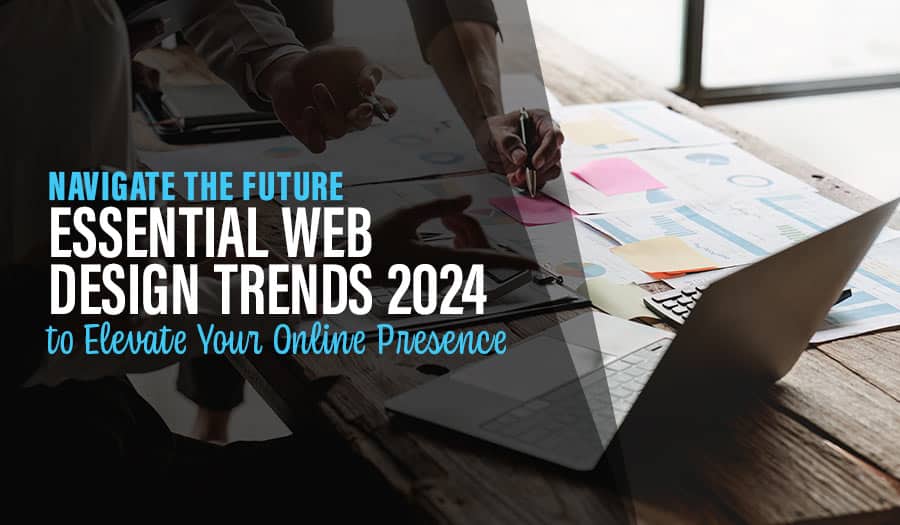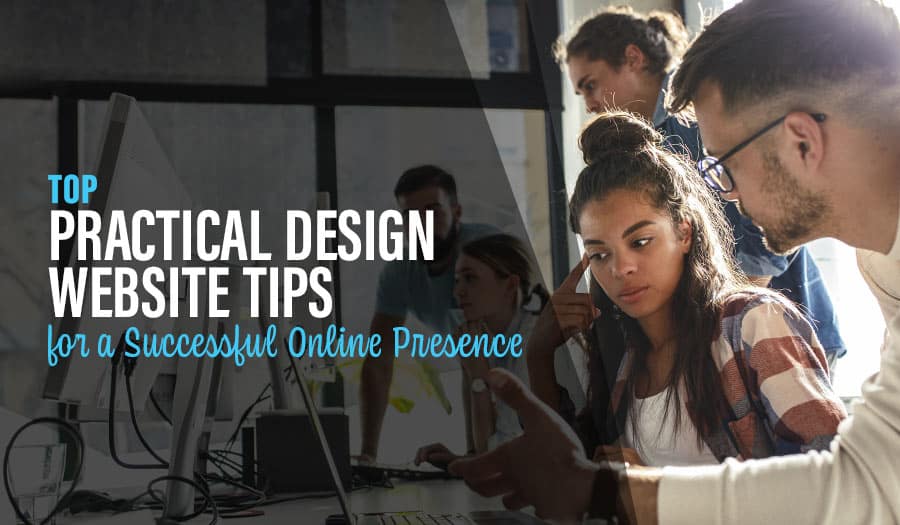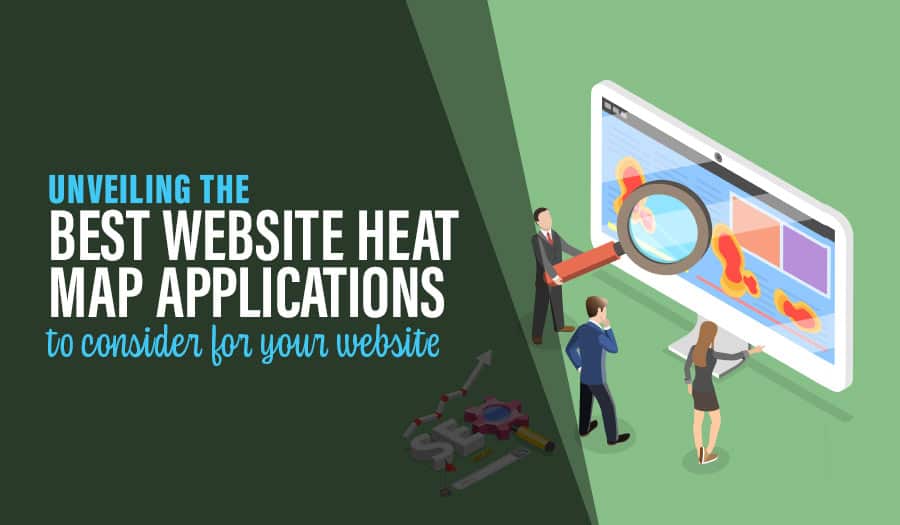The Internet is no longer just for computers, tablets, and smartphones. An increasing number of devices are developing Internet capabilities. These include thermostats, security cameras, cars, and sensors on industrial machines. Internet-enabled devices, and the complex networks they form, are known as the Internet of Things (IoT).
What’s so exciting about the IoT?
The IoT promises exciting developments in business and at home. When IoT devices communicate with each other, sharing and processing information, they can act more precisely and tailor their activities to what you and your business need moment-by-moment. The massive volumes of data they generate can yield important insights used to improve efficiency and productivity across different industries and areas of life.
An IoT thermostat, for example, can lower your energy bills as it adjusts the temperature in your home based not only on overall temperature but also on your personal habits and schedule. It can connect with your smartphone to check where you’re away for the day or when you’re heading home, making precise changes to accommodate your needs and to minimise energy waste.
What’s the impact of the Internet of things on web design?
The rise of the IoT is already starting to influence web design. The following are some of the considerations businesses will need to make when building websites and web-based user interfaces:
Business websites will develop the increasingly sophisticated ability to respond to personalised data from Internet-enabled devices.
For example, let’s say your IoT fridge and freezer unit is currently reporting that you’re almost out of your favourite chocolate brownie fudge ice cream. The information from the fridge can wind up getting shared with sites where you shop for food online. Maybe the ice cream gets added automatically to your online shopping list, or it appears prominently when you visit a grocery store website, as a reminder for you to click on it and buy it. Web design will need to accommodate these increasingly online interactions and the flow of information that makes them possible. Within a business, website activities will interact more directly with IoT devices.
An uptick in online purchases or a surge in search queries for a particular product will more immediately impact the activities of machines that manufacture the products or prepare them for distribution. A message from a third-party vendor about the availability of a new product will more quickly and automatically lead to its promotion on your site.
Clean, flexible user interfaces are imperative.
We already know how important it is to design websites that look good on screens of different sizes, ranging from Smartphones to desktop computer monitors. IoTs make additional demands on web design and user interfaces. People won’t interact with different devices the same way; they’ll have different expectations for the information that should get displayed on each device and how they can engage with it optimally. Minimal text and intelligible icons can make the most of small interfaces. We’ll also see an increasing need for dashboards, including apps that help people manage data from different devices.
Web designers face the challenge of speeding up data transmission and page load times, given that complex interactions with smart devices may lead to some delays and slower responses.
Cyber security also poses a significant problem, as hackers are already attempting to target websites and user interfaces, the smart devices themselves, and the channels of communication between them. Hackers will try to control these networks and tap into the sensitive data shared between devices and Web interfaces.
Don’t hesitate to contact us to discuss further how the Internet of Things will affect not only your web design decisions but also how you operate and promote your company. Staying on top of new technological developments and adapting to them will help your business survive and succeed.
Let Pixel Fish take your business to the next level with a Stunning Business Website.
Check out some of our latest Website Design projects and Testimonials.
• Real Estate and Property Projects
• Not-For-Profit Projects
• Northern Beaches Projects
• IT and Technology Projects
• Medical and Health Projects
Further Information:
10 Tips for Creating a Better Contact Form to Improve Conversion
Tips For Creating A Website Sitemap For Your Business
10 Common Misconceptions About WordPress
Creating Website Content that Appeals to Both Scanners and Readers
Should I have Staff Photos on My Business Website?
How to Conduct an Effective Competitors Website Review
9 Ways to Optimise your Website for Voice Search
10 Ways To Improve Your Website Footer
8 Vital Signs That Your Business Website Needs Updating
8 Successful WordPress Website Design Best Practices
10 Best Practices for a Successful WordPress Website Design Project



